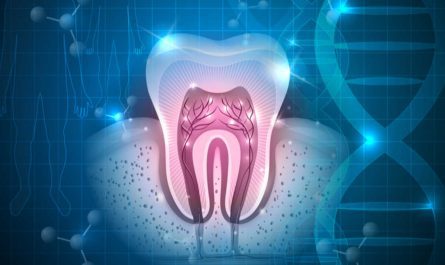
Rheumatoid arthritis (RA) is an autoimmune disease that causes inflammation of the joints and surrounding tissues. To properly diagnose RA, doctors rely on a combination of clinical exams, medical history, lab tests, and imaging tests. Here is an overview of the main diagnostic tests used to confirm a rheumatoid arthritis diagnosis.
Physical Examination
The first step is a thorough physical examination of the joints by the doctor. RA often starts in the small joints of the hands and feet. The doctor will examine how flexible and symmetrical the joints are. Swollen, warm, and tender joints are classic signs of active rheumatoid inflammation. The doctor will also examine other parts of the body like lungs, heart, and eyes since RA can potentially impact multiple systems. Checking for nodules under the skin is also important as they may indicate more severe disease. This physical evaluation helps identify signs, symptoms, and provides clues to the possible presence of RA
Get more insights on this topic: https://www.coherentmarketinsights.com/market-insight/rheumatoid-arthritis-diagnostic-tests-market-3716
Blood Tests
Blood tests help identify potential inflammation and autoimmune activity in the body. The most common tests for RA include:
– C-Reactive Protein (CRP) and Erythrocyte Sedimentation Rate (ESR): These general markers of inflammation are elevated in active RA. High values provide supporting evidence for disease activity.
– Rheumatoid factor (RF): This autoantibody is present in around 80% of patients with RA but can also be found in other diseases. A positive test adds to the likelihood of a RA diagnosis.
– Anti-citrullinated protein antibody (ACPA): Also called anti-CCP, this antibody is more specific to RA than RF and detects the disease earlier in about 60-70% of cases. A positive anti-CCP greatly increases the likelihood of a RA diagnosis.
Imaging Tests
When blood tests are inconclusive or to check for joint/bone damage, imaging tests like x-rays, ultrasounds, MRIs may be used:
– X-Rays: Help identify bone erosion, loss of cartilage space between joints, osteopenia (loss of bone density) and cysts or nodules under the skin. Changes seen on x-rays support longstanding RA.
– Ultrasound: Useful to visualize inflammatory changes like synovial (joint lining) thickening, fluid accumulation and nerve involvement even before bone changes occur seen on x-rays.
– MRI: Highly sensitive in picking up early inflammatory changes in soft tissues surrounding joints like synovitis (inflammation of synovial membrane). MRI detects arthritis features earlier than x-rays.
Making the Diagnosis
The rheumatologist reviews all available clinical, lab, and imaging results. The presence of symmetric swelling in multiple joints plus serological markers like RF or anti-CCP along with supporting evidence on imaging allows classification criteria to be met for a definite diagnosis. Not all criteria need to be met – probability of disease increases with multiple compatible factors. Once diagnosed, proper medical management of RA can help control painful symptoms and prevent long term joint damage.
Treatment and Monitoring
After diagnosis, treatment targets controlling inflammation and preventing joint damage progression. Early aggressive treatment provides the best chance for good long term outcomes. Core treatment involves disease-modifying antirheumatic drugs (DMARDs) like methotrexate which suppress the immune system. For more severe disease, biologic DMARDs may be added. Along with drug therapy, self-management strategies like joint protection, exercise, weight control and diet modifications form important pillars of RA management. Periodic monitoring by the rheumatologist tracks disease activity markers and examinations to guide appropriate treatment adjustments. The goal is achievable remission and improved quality of life.
Rheumatoid Arthritis Diagnosis: A Multifactorial Process
While there is no single test to definitively diagnose RA, clinicians use an astute combination of history, examination findings and a selection of targeted blood tests and imaging appropriate to each patient. A systematic approach helps identify early inflammatory and autoimmune patterns characteristic of RA versus alternative conditions. Early diagnosis allows timely, aggressive treatment to prevent longstanding joint damage in rheumatoid arthritis. Continued monitoring aids management refinements aiming for optimal outcomes to keep patients functional. Overall, applying a multidisciplinary diagnostic strategy proves key in appraising rheumatoid arthritis.
*Note:
1. Source: Coherent Market Insights, Public sources, Desk research
2. We have leveraged AI tools to mine information and compile it



